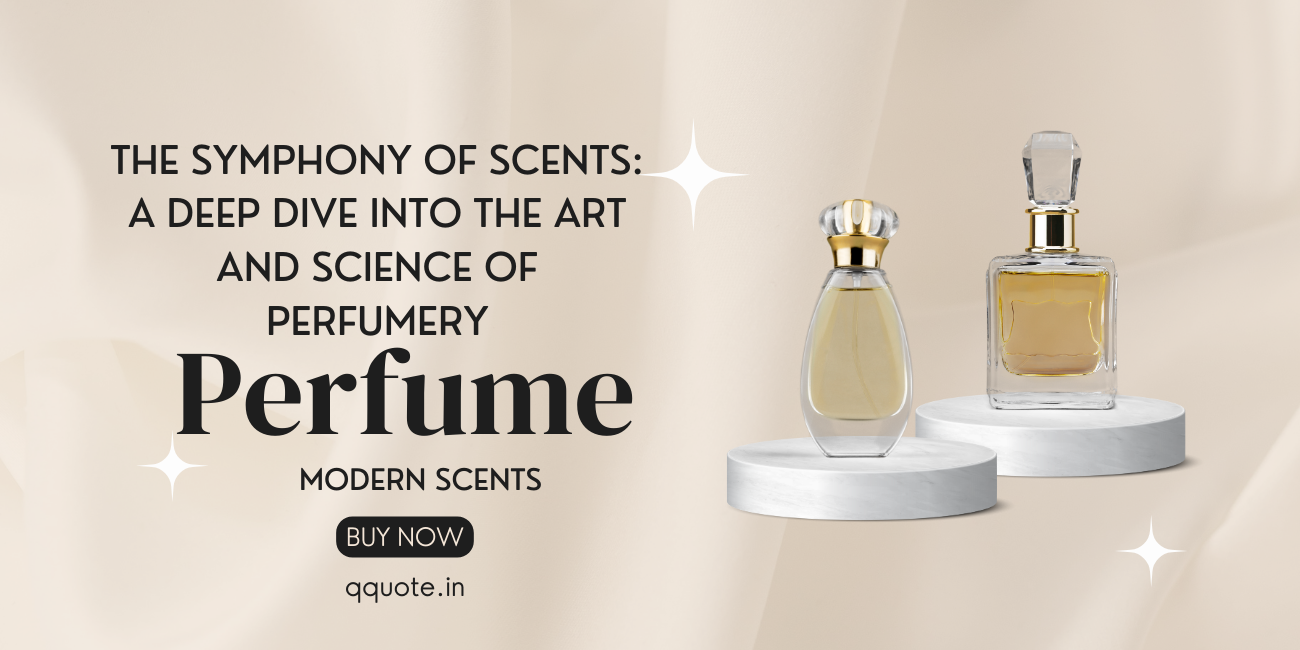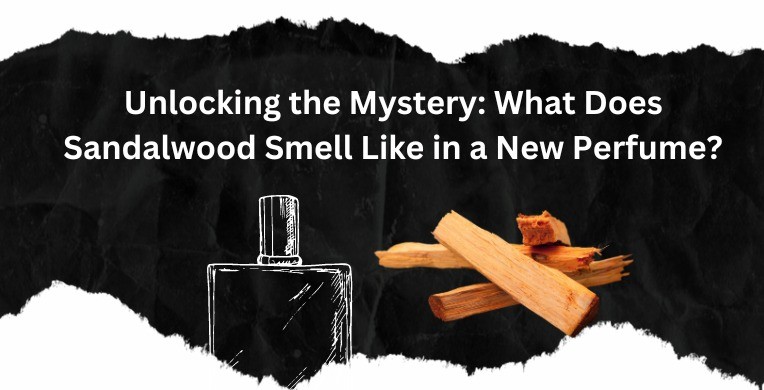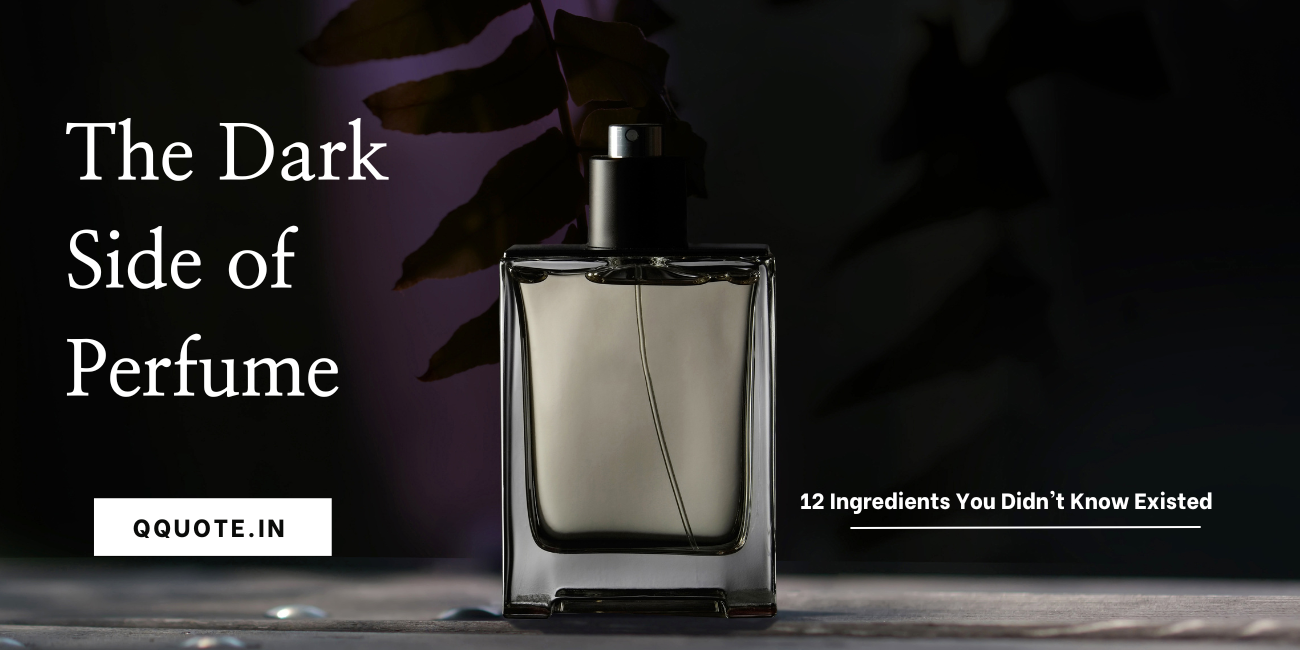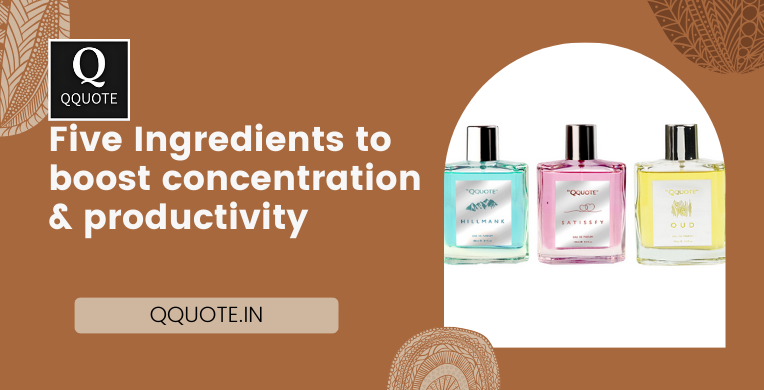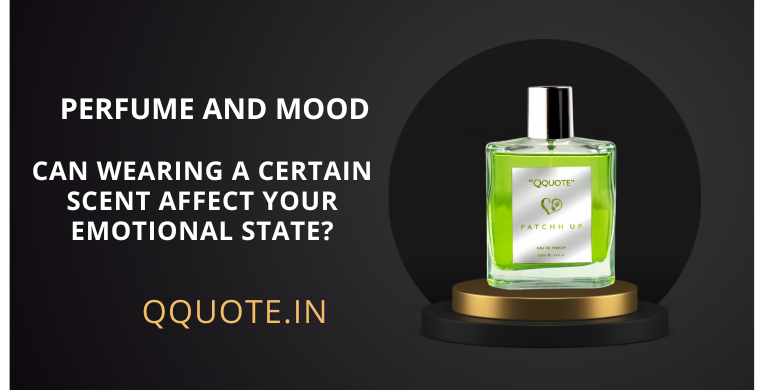Introduction to the Art and Science of Perfumery
Perfumery, an ancient and intricate craft, has evolved into a billion-dollar industry that captivates the senses. This blog embarks on a fragrant journey, exploring the fascinating world of perfumery.
From the origins of perfumes in ancient civilizations to the modern-day synthesis of exquisite scents, we’ll delve into the art and science of perfumery, unraveling the complexities behind creating these olfactory masterpieces.
Section 1: The History and Evolution of Perfumery
Trace the rich history of perfumery, from its ancient roots in Mesopotamia and Egypt to its flourishing during the Renaissance and subsequent development in France.
Explore how the art of fragrance-making has evolved over the centuries, reflecting changes in culture, technology, and societal preferences.
Section 2: Fragrance Families and Notes
Uncover the structure of perfumes by exploring fragrance families and notes. Understand the distinctions between top, middle (heart), and base notes and how they interact to create a harmonious scent profile.
Dive into the various fragrance families, from floral and oriental to woody and fresh, and learn how perfumers use these classifications as a foundation for their creations.
Section 3: The Perfumer’s Palette: Raw Materials
Explore the vast array of raw materials that perfumers use to craft their compositions. From essential oils and absolutes to synthetic aroma chemicals, each ingredient plays a unique role in shaping a perfume.
Delve into the sourcing and extraction methods of these materials, emphasizing the importance of quality and sustainability in today’s perfumery practices.
Section 4: The Perfume Creation Process
Demystify the art of blending and crafting a unisex luxury perfume through an exploration of the creative process. Discuss the role of the perfumer in envisioning a scent, selecting raw materials, and experimenting with different proportions.
Understand the significance of the fragrance brief, a document that guides perfumers in aligning their creations with the brand’s vision.
Section 5: Perfume Packaging and Presentation
Examine the visual and tactile elements that complement the olfactory experience of a perfume. Discuss the significance of packaging design, bottle aesthetics, and branding in conveying the essence of a fragrance.
Explore how the overall presentation enhances the consumer’s connection with the perfume and contributes to the overall sensory journey.
Section 6: Perfumery Trends and Innovations
Keep a pulse on the contemporary landscape of perfumery by exploring current trends and innovations. Discuss the rise of niche and indie perfumers, the growing demand for sustainable and cruelty-free fragrances, and the integration of technology in scent creation and marketing.
Conclusion
Perfumery, a harmonious blend of art and science, continues to enchant and inspire. From its ancient origins to the modern innovations shaping the industry, this exploration of perfumery has illuminated the craftsmanship, creativity, and sensory delights that make each bottle a unique expression of beauty and culture.
As the fragrance world evolves, so too does our appreciation for the symphony of scents that grace our lives

